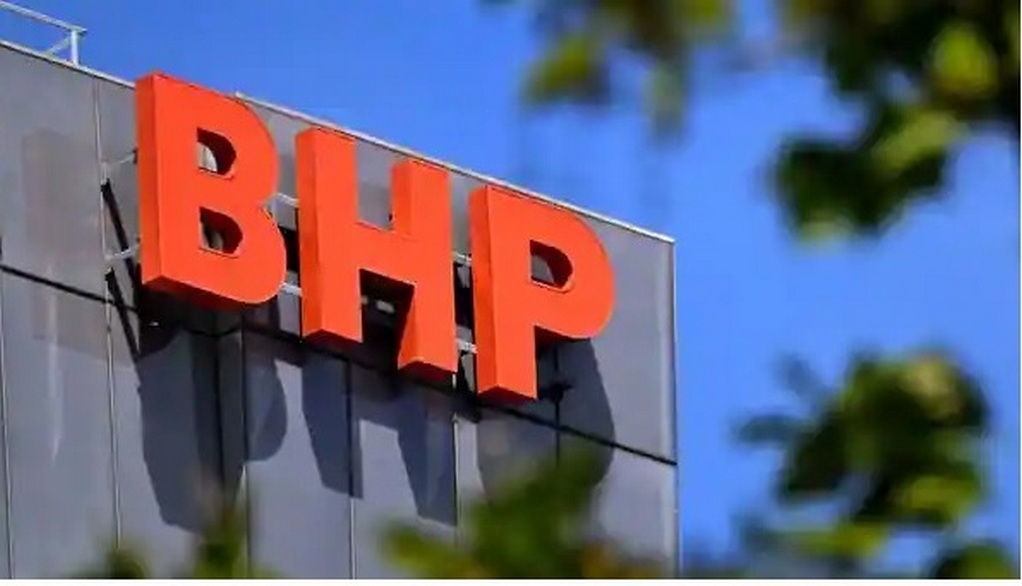BHP Group Ltd. is warning its carbon emissions will rise in the short term, with rapid technological advances and industrial collaboration needed if the mining giant is to reach its goal of netzero emissions by 2050.
The world’s biggest miner is on track to meet its target of a 30% reduction in operational emissions by 2030 at a cost of around $4 billion. Still, it expects a near-term increase in emissions from production growth from current levels.
Carbon reduction technologies “must advance quickly from where it is now” and needs to include collaborations “with our vendors and industry,” BHP said in a presentation. The Melbourne-based company’s path to net zero would be “non-linear,” it added, with emissions rising before falling again by the end of the decade.
The major iron ore, coal and copper producer plans to reduce its operational (Scope 1 and 2) greenhouse gas emissions by at least 30% on 2020 figures by 2030, and reach net zero in those emissions by 2050. Those targets don’t include “Scope 3” emissions, including those from end-users such as steelmakers and other customers.
The admission of short-term increases in emissions from BHP comes even as its environmental targets remain less ambitious than those of its peers. Rio Tinto Group, which is a bigger emitter, aims to reduce its Scope 1 and 2 emissions by 50% by 2030 from a 2018 baseline, while Fortescue Metals Group Ltd. is aiming to reach net zero by that year.
Around 75% of the $4 billion that BHP plans to spend on decarbonization by 2030 will be spent on replacing diesel use in haul trucks. It favors battery-powered haul trucks over hydrogen power because they are more than twice as efficient, Anna Wiley, the vice president of planning and technical in the company’s Australian minerals division, said on the conference call.
BHP will trial “dynamic charging” at its mines in Western Australia and Chile, allowing trucks to be charged while they are still in operation. It said its unfinished Jansen potash mine in Canada, which is due to start producing the fertilizer ingredient in 2026, would use 80% electric haul trucks from day one.
The company’s Australian iron ore mines are not connected to the grid and are powered by purpose-built gas generators. A switch to electric haul trucks will see power demand surge, and BHP plans to build 500 megawatts of renewables and storage to meet growing demand and decarbonize its electricity emissions, it said. It will also explore options for plugging into to a wider regional grid.
BHP’s coal mines in Queensland are the single biggest emitters in its Australian operations, producing almost half its pollution. Around a third of that comes from methane escaping from the coal seams, Wiley said.
It aims to capture about 50% of that methane and use it to generate electricity or sell to third parties, and said it was “exploring” options for the rest, adding that carbon offsets would likely be needed.
Tags: BHP, Emissions, NetZero, Short term



Recent Posts
Robert Allan Ltd. to Design Fully Electric AmpRA 3600 Tug for Tianjin Port
U-Ming Marine Conducts First Bunkering of FAME B24 Biofuel
DNV Validates Electric Hydrogen’s HYPRPlant for Safety, Efficiency and Commercial Readiness
Nepal Eyes Green Hydrogen Future with Policy Push and Hydropower Potential
India Tests First Hydrogen-Powered Rail Coach at ICF Chennai
Scandlines Nears Delivery of Zero Emissions Ferry Following Successful Sea Trials
India faces emission roadblocks with rising net-zero demands
Green Energy Resources invests in two electric Liebherr LHM 550